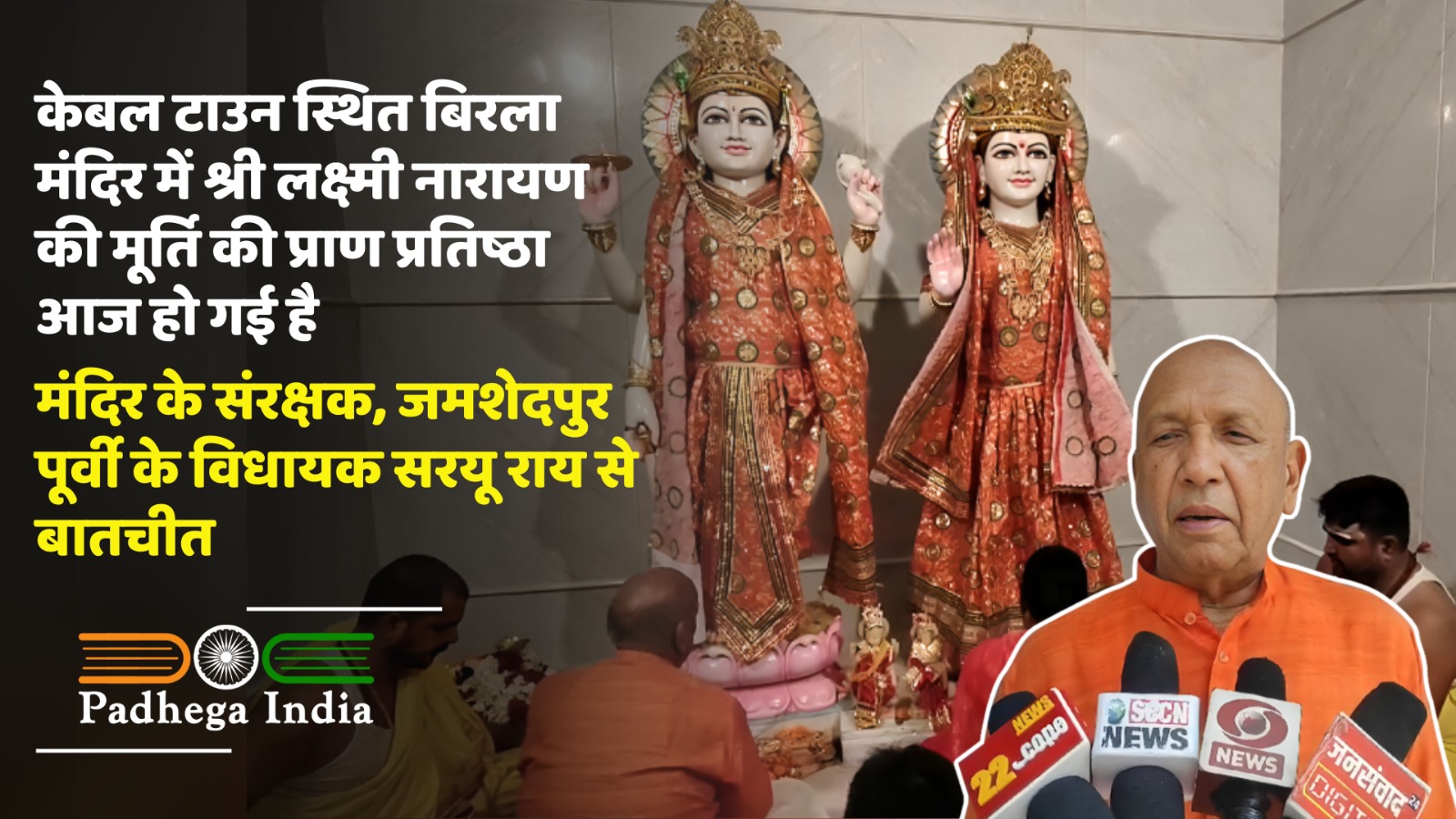The arrival of the monsoon season often brings a welcome relief from the intense summer heat, offering cooler temperatures and much-needed rain. However, it also brings a range of health concerns, particularly a rise in fevers and illnesses. Among these, dengue fever has been making headlines in India, highlighting the importance of distinguishing it from more common тАЬmonsoon fever.тАЭ
Monsoon Fever: An Overview
Monsoon fever is a general term used to describe various viral infections that become more prevalent with the sudden change in weather and the accompanying decrease in immunity. Typically, this fever develops gradually and is characterized by symptoms such as:
- Mild Fever: Generally low-grade and not extreme.
- Cough and Cold: Often present, contributing to a feeling of general malaise.
- Sore Throat: Commonly accompanies other symptoms.
- Body Aches and Fatigue: General discomfort and tiredness are frequent.
- Gradual Onset: Symptoms develop slowly over time.
Dengue Fever: What to Look Out For
In contrast, dengue fever is a specific mosquito-borne viral illness with a distinct profile. It is transmitted by the Aedes mosquito and has a more abrupt onset, marked by:
- Sudden High Fever: Rapid spike in body temperature.
- Persistent Vomiting: Continuous nausea and vomiting.
- Severe Muscle and Joint Pain: Intense pain often referred to as тАЬbreakbone fever.тАЭ
- Mild Bleeding: Possible occurrence of bleeding from gums or nose.
- Rashes: Itchy rashes may appear.
- Sudden Onset: Symptoms appear suddenly and intensely.
Distinguishing Between Monsoon Fever and Dengue Fever
- Onset of Symptoms: Monsoon fevers are gradual, while dengue fever occurs suddenly.
- Cough and Cold: Common in monsoon fever but not a necessary sign of dengue fever.
- Joint Pain: Severe in dengue fever, while mild in monsoon fever.
- Vomiting: Persistent in dengue fever but not a necessary symptom of monsoon fever.

Importance of Early Diagnosis
Prompt consultation with a healthcare professional is crucial for both conditions. A simple blood test can help determine the underlying cause of the fever, guiding appropriate treatment and interventions. Early detection and treatment can prevent complications and lead to a quicker recovery.
Preventive Measures for Health During Monsoon
While both monsoon fever and dengue can significantly impact well-being, several preventive steps can help reduce the risk of these illnesses:
- Boost Immunity: Maintain a balanced diet rich in fruits, vegetables, and whole grains to strengthen your immune system.
- Practice Hygiene: Frequently wash your hands with soap and water, especially before meals and after using the restroom.
- Control Mosquitoes: Eliminate potential mosquito breeding grounds by removing stagnant water around your home. Use mosquito nets and wear protective clothing outdoors. Apply insect repellent with DEET or other approved ingredients.
- Stay Hydrated: Drink plenty of clean, boiled, or bottled water to stay hydrated and help flush out toxins.
- Ensure Food Safety: Avoid street food and ensure proper hygiene in food preparation at home.
Conclusion
Understanding the differences between monsoon fever and dengue fever, along with adopting preventive measures and seeking timely medical attention, can help you navigate the monsoon season with improved health and vitality. Prioritizing hygiene, staying hydrated, creating a mosquito-free environment, and maintaining a strong immune system are essential strategies for combating these seasonal illnesses.







